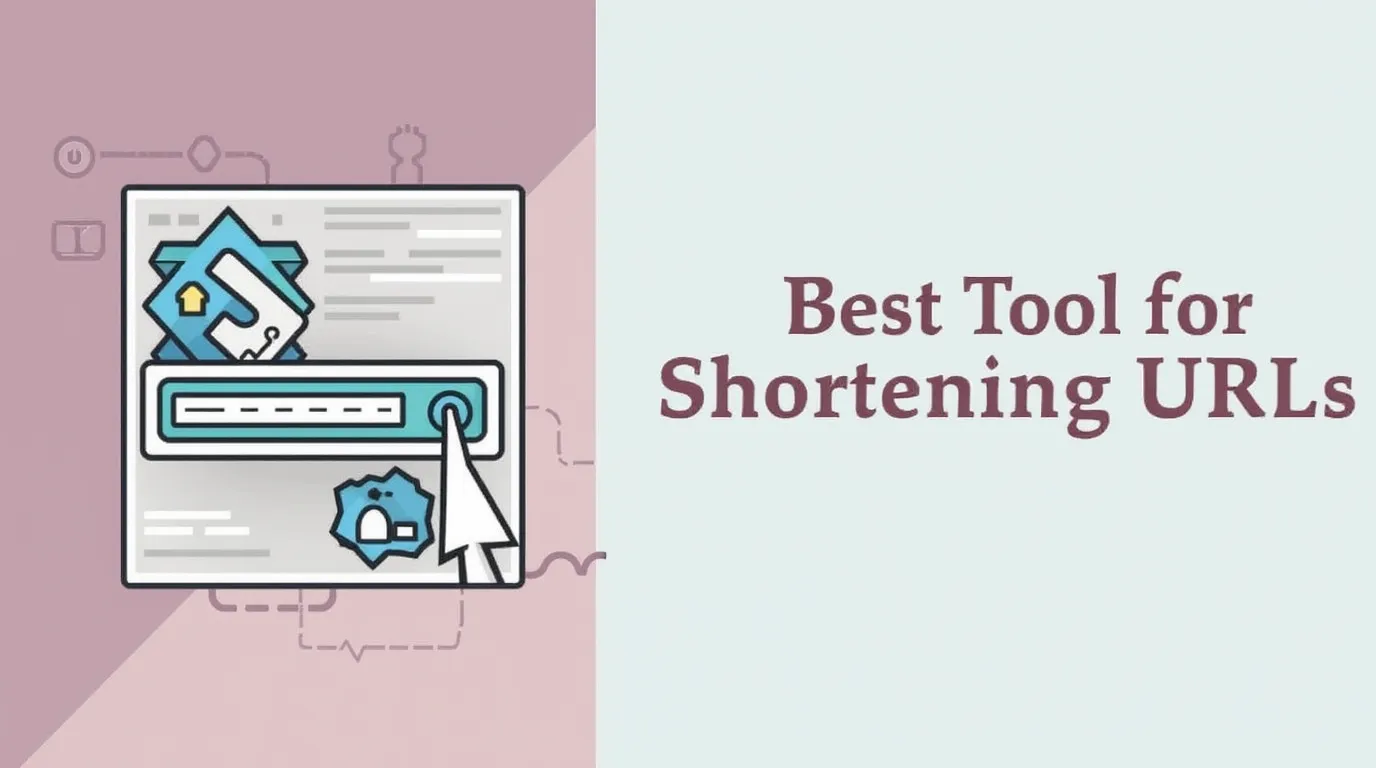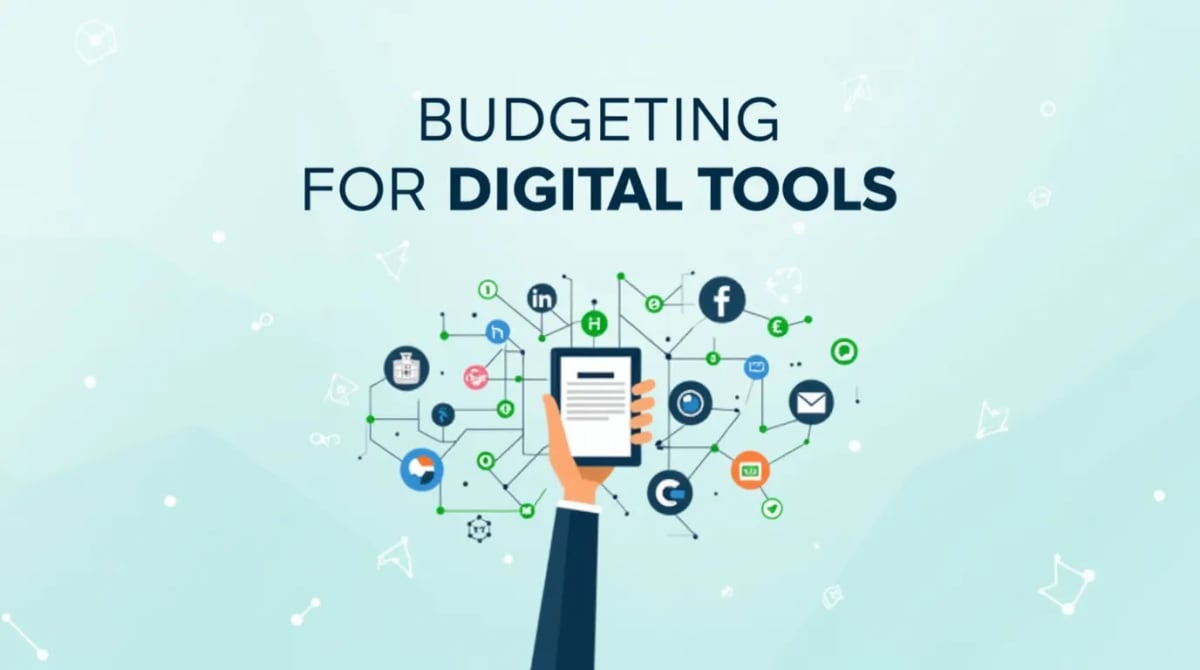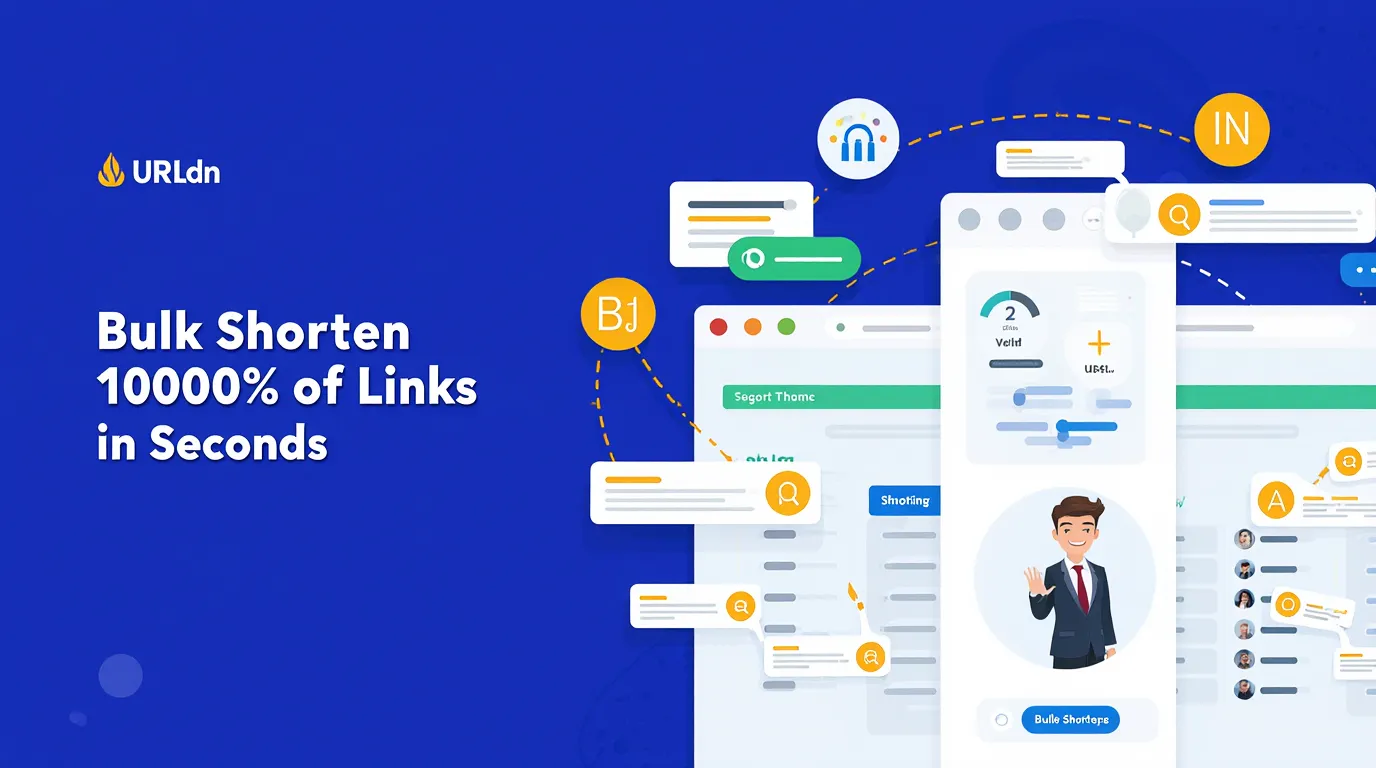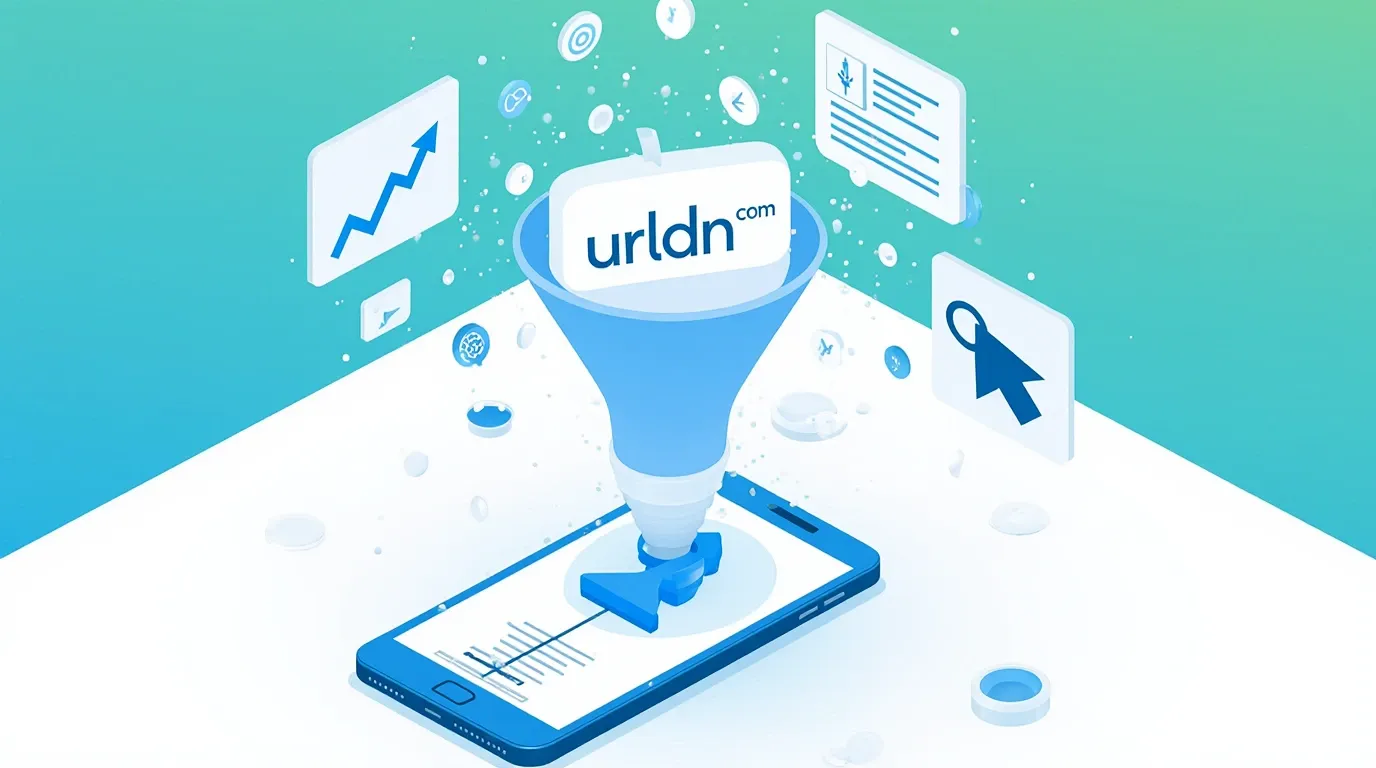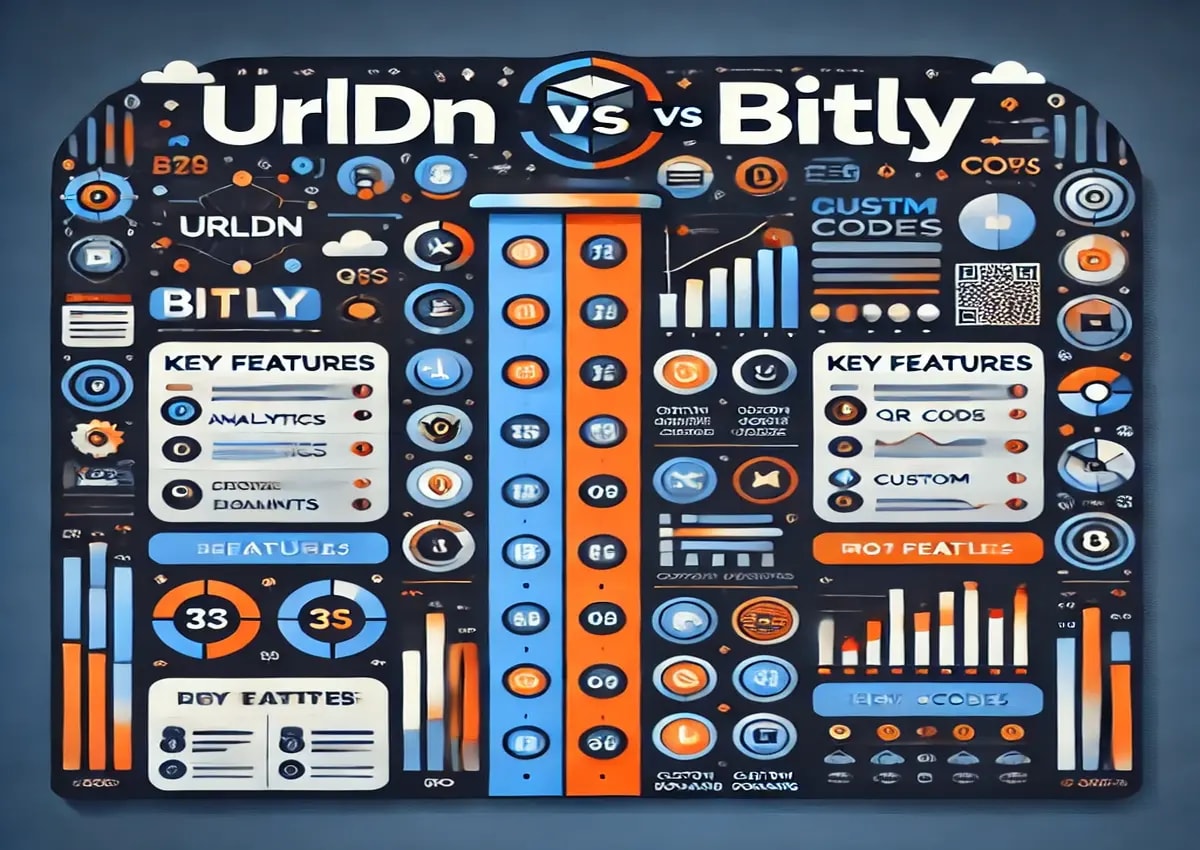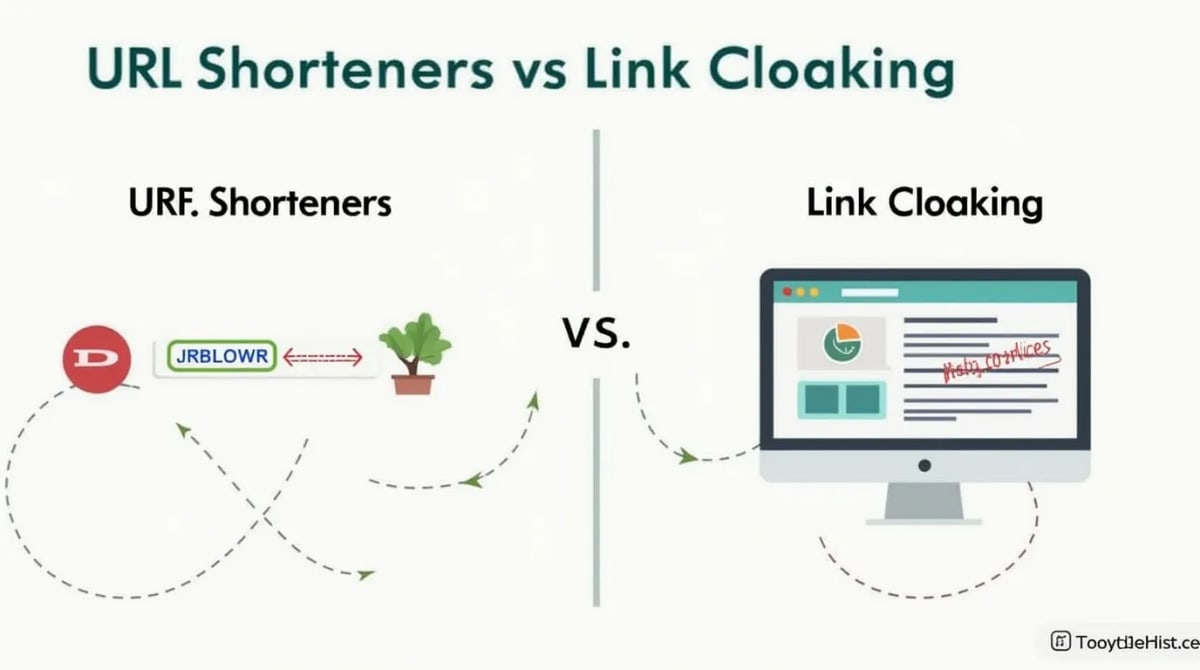
The Difference Between URL Shorteners and Link Cloaking
Last updated on: June 28, 2025
Introduction to Digital Linking Tools
In today’s fast-paced digital ecosystem, effective link management has become a cornerstone of online success. Marketers, businesses, and individuals alike rely on links to guide their audience to valuable resources. With this reliance comes the need for tools to manage, simplify, and sometimes mask these links. Among the plethora of options, URL shorteners and link cloaking stand out as two of the most frequently used techniques. But while these tools may appear similar at a glance, they serve distinct purposes and function in markedly different ways.
2. What Are URL Shorteners?
URL shorteners are tools designed to condense long, unwieldy web addresses into concise, easily shareable links. By transforming a cumbersome string of characters into a neat and compact URL, these tools make digital sharing more seamless. Platforms like Bitly and TinyURL have gained immense popularity for their user-friendly interfaces and robust functionalities.
3. How Do URL Shorteners Work?
The mechanics behind URL shorteners are straightforward yet ingenious. When you input a long URL, the service generates a unique identifier and maps it to the original link. This shortened version redirects users to the original destination when clicked. URL shorteners also offer additional benefits, such as click analytics, which provide insights into user engagement, and customization options to create branded links.
4. What Is Link Cloaking?
Link cloaking, on the other hand, is a technique primarily used to disguise the true destination of a URL. While this might sound deceptive at first, its applications are often legitimate. For instance, affiliate marketers use link cloaking to replace lengthy affiliate tracking URLs with clean, branded links. This not only makes links more appealing but also helps prevent commission theft by unscrupulous actors.
5. How Does Link Cloaking Work?
Link cloaking involves redirecting a user through an intermediary URL before reaching the final destination. Tools like Pretty Links and ThirstyAffiliates allow marketers to create cloaked links that appear professional and trustworthy. The process often includes setting up a redirect script on a website, ensuring the cloaked URL seamlessly forwards users while retaining essential tracking parameters.
6. Key Differences Between URL Shorteners and Link Cloaking
While both tools manipulate URLs, their differences lie in functionality and intent. URL shorteners aim to simplify and track links, enhancing their shareability. Conversely, link cloaking focuses on presentation and security, often tailored to specific marketing needs. Understanding these distinctions is crucial for selecting the right tool.
7. The Ethical Considerations of Link Cloaking
Ethics play a significant role in link cloaking. When used transparently, it can build trust and improve user experience. However, misuse—such as hiding malicious links or deceiving users—can erode credibility. Marketers must strike a balance, ensuring clarity and honesty in their practices.
8. Advantages of URL Shorteners
URL shorteners offer numerous benefits. Their primary advantage lies in enhanced shareability, particularly on platforms with character limits like Twitter. Additionally, shortened URLs are less prone to user errors during manual input. The ability to track engagement metrics also provides valuable insights for refining marketing strategies.
9. Advantages of Link Cloaking
Link cloaking’s strengths lie in its ability to protect affiliate commissions and maintain professionalism. By hiding unsightly tracking parameters, it ensures links appear clean and branded. This can foster trust, particularly in professional communications where first impressions matter.
10. When to Use URL Shorteners vs. Link Cloaking
Choosing between URL shorteners and link cloaking depends on your objectives. If simplicity and analytics are your priorities, URL shorteners are ideal. However, for branding and security, especially in affiliate marketing, link cloaking proves more effective. Understanding the context and audience is key to making the right choice.
11. Potential Drawbacks of URL Shorteners
Despite their benefits, URL shorteners have their limitations. Shortened links can sometimes be flagged as suspicious, deterring cautious users. Additionally, if the shortening service shuts down, links can break—a phenomenon known as link rot.
12. Potential Drawbacks of Link Cloaking
Link cloaking, while useful, isn’t without its challenges. Overuse or misuse can raise ethical questions, potentially damaging trust. Furthermore, some platforms actively discourage or penalize cloaked links, complicating their use in certain contexts.
13. Conclusion: The Role of Linking Tools in Modern Marketing
In the dynamic landscape of digital marketing, URL shorteners and link cloaking serve as indispensable tools for optimizing link management. Each has its unique strengths and potential pitfalls. By understanding their differences and applications, marketers can harness these tools responsibly, driving engagement and fostering trust in their digital interactions.



